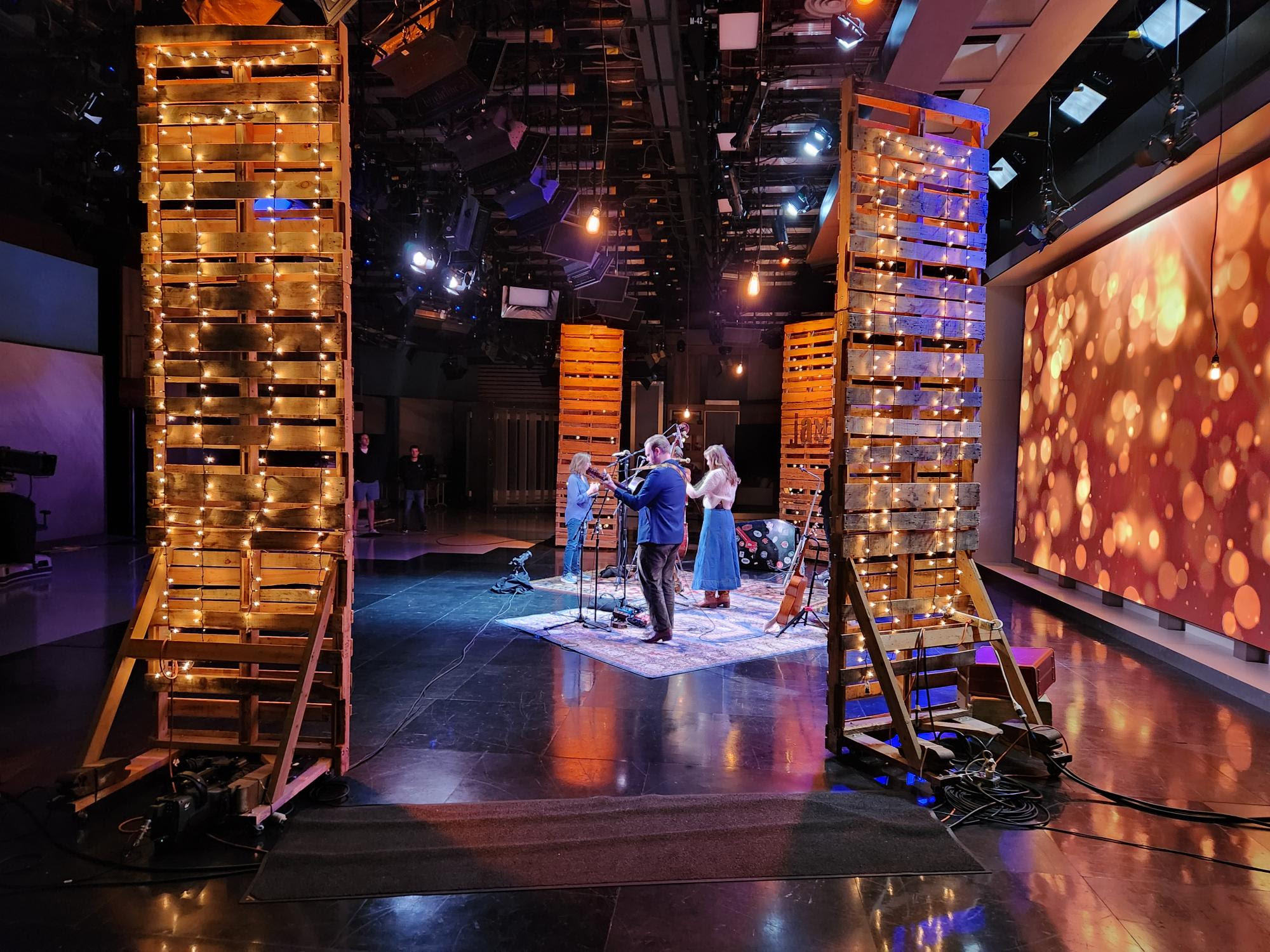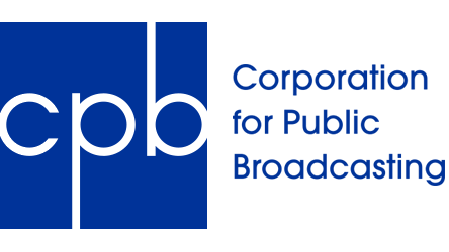
LINCOLN, Ne.—Nebraska Public Media has overhauled its Ron Hull Studio, a 100-by-60-foot space on the campus of the University of Nebraska here, that saw a complete revamp of studio’s light rig and lighting system.
Built in 1968 and commissioned in 1970, the studio’s original rigging design with 109 motorized lighting battens was an engineering marvel more typical of major media hubs like Los Angeles and New York City than the Midwest.
While the original lighting system, designed for incandescent loads, was revised over the years, it was clear that a more comprehensive retrofit was necessary to meet the demands of modern production. Nebraska Public Media’s Doug Carlson, former director of production services, and Nancy Finken, chief content officer, recognized the studio needed a full overhaul. Carlson came out of retirement to help manage the project.
The new design had to retain the flexibility that made the original studio so versatile while incorporating the latest rigging technology. One of the country’s top lighting designers, Norman Russell, principal consultant and lighting group leader for NV5, served as consultant designer for the project. Russell designed the rigging and lighting systems with design and engineering support by NV5 senior lighting designer Steve Cooper.
"The original rigging system, while a marvel in its time, didn’t fit their current and future needs,” said Russell. “We created a design that preserved the studio’s incredible flexibility while anticipating the challenges of the next few decades.”
All of the lights were taken down, the pipes lowered and the old motors and rigging systems removed. Rows of package hoists, each about 12- to 14-feet wide, were installed along the studio’s 100-foot length, with three hoists per row, arranged in 20 rows. This setup provided ample support for lighting fixtures, scenic elements and other production equipment, which a wide range of configurations available depending on the needs of the production. In total, 60 new hoists were installed, Brightline, which supplied the fixtures, said.
While the rigging system forms the bones of the studio, lighting design is crucial in creating the new look. The studio’s lighting system upgrade marked a significant shift from the old dimmer-per-circuit system to a state-of-the-art network driver system with LED fixtures, it said.
The professional video industry's #1 source for news, trends and product and tech information. Sign up below.
Each LED fixture in the network is equipped with its own driver—a small electronic device that controls the output of the LED from zero to 100%. A Local Area Network was installed to distribute DMX control signals to all luminaire mounting positions to address drivers, it said.
Lighting designers can now place fixtures wherever they like and adjust settings with precision, dialing in the exact intensity, color, and beam angle required for each shot. This level of control is especially important in a studio like this one, where different productions have their own unique lighting requirements. Lighting designer/director Chris Boyd installed the fixtures and programmed the lighting’s DMX controllers, alongside Lighting Designer Erik Rodgers.
“The Ron Hull Studio hosts about a dozen different productions with multiple sets,” said Boyd. “Some are weekly, some seasonal, but they each have a slightly different look. But each production needs to say Nebraska Public Media while retaining its own character. Now, we have so many fixtures, angles and options for producers. With the new lighting and rigging we’ve employed, they can achieve a wide range of lighting effects that were not possible before.”
The public broadcaster brought in Brightline, a top name in the lighting business. Brightline’s Series One L1.4 and L1.2 LED studio fixtures were key in the new lighting system. Russell described them as superior “directional soft lights. It’s not at all your typical directional light. They don’t create a real sharp edge. Typically, you put a profile spot on the subject, and boom, you’ve got a big drop shadow. It can be hard to get rid of that edge. But with a soft light with a soft edge like the L1.4 and L1.2’s, you can accomplish a long throw without that hard edge--even with an intense amount of light. Adding an intensifier with a narrow angle, you get a nice, tight field that’s very bright but still has a soft edge. For my money, Brightline provides the best studio lighting for TV available today.”
Brightline Mako and Minnow profile spotlights and Lupo Fresnels are also included in the lighting redesign. “They offer a comprehensive package,” said Russell. “And all the fixtures are very competitive in terms of cost and performance. Sometimes there could be several luminaires listed on a job. But with all your gear coming from one source, communication is so much simpler. I really appreciate that Brightline has an array of luminaires.”
Devlin Design Group (DDG) did a major overhaul of the studio’s set design. DDG worked closely with Nebraska Public Media’s producers and Brightline to create a set that could accommodate an exciting range of productions.
IES Commercial & Industrial served as general contractor, and Heartland Scenic Studios provided demolition, removal and installation services.
Lighting updates included:
- Brightline L1.2X variable white with DMX control (6x)
- Brightline L1.4 variable white with DMX control (57x)
- Mako/2 variable white profile spotlight with DMX control (31x)
- Minnow/2 variable white profile spotlight with DMX control (15x)
- Mako/5 RGBAL profile spotlight with DMX control (10x)
- Lupo 650 DMX variable white Fresnel (8)
- Lupo 1000 DMX variable white Fresnel (33)
- Lupo 2000 DMX variable white Fresnel
- Flex-T1 with DMX control (14x)
More information is available on the Brightline, NV5, Heartland Scenic Studios, IES Commercial & Industrial and Devlin Design Group websites.
Phil Kurz is a contributing editor to TV Tech. He has written about TV and video technology for more than 30 years and served as editor of three leading industry magazines. He earned a Bachelor of Journalism and a Master’s Degree in Journalism from the University of Missouri-Columbia School of Journalism.

